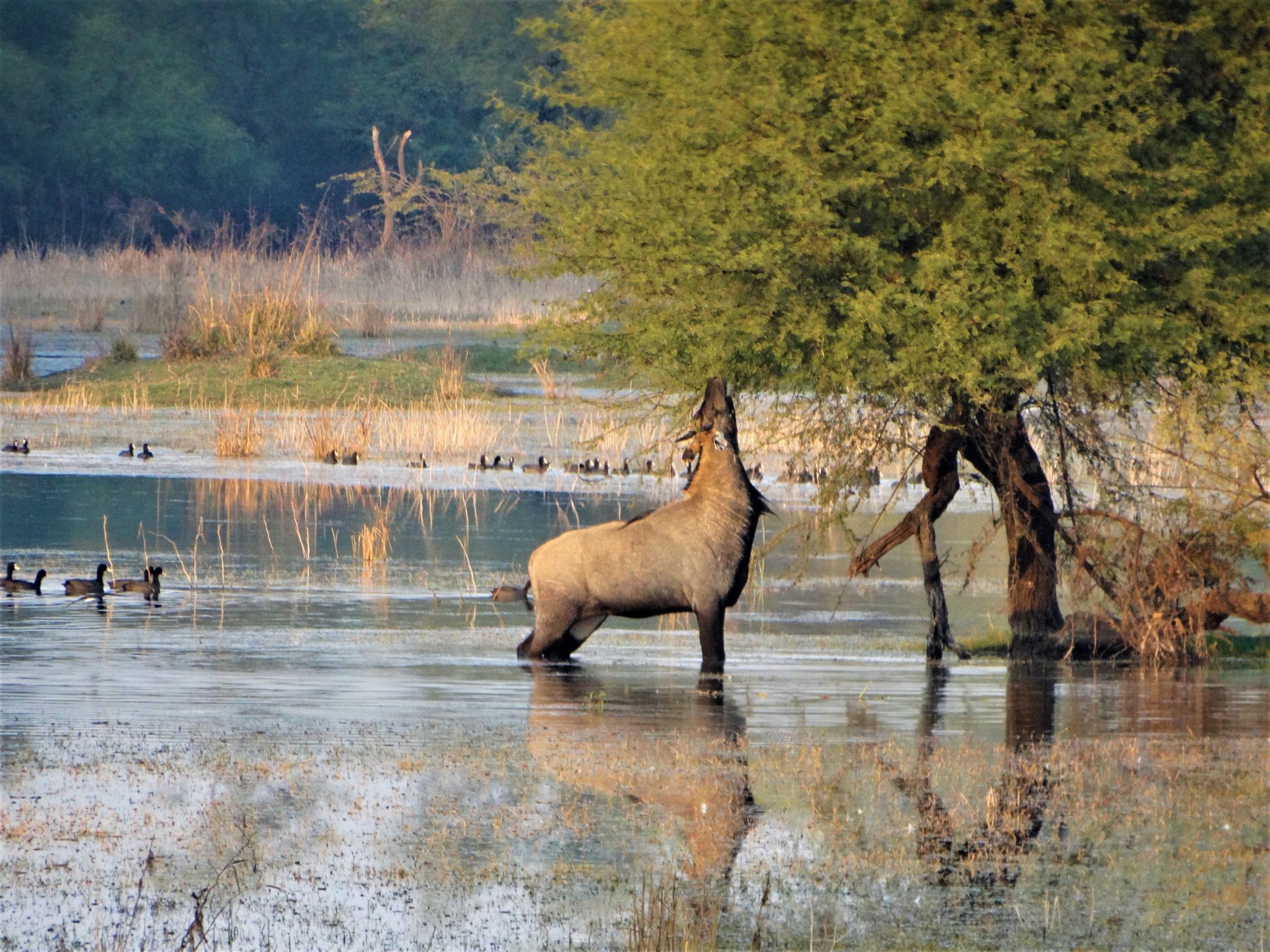
Call of the wild: Are we really listening?
-
Species
Environment day this year has been aptly themed as “Time for Nature”. As the world staggers its way out of the global lockdown, it remains to be seen if humans have really learnt from the pandemic and the lessons that the nature has been trying to teach. The destruction of natural ecosystems forcing enhanced human-wildlife interactions, leading to a spurt in zoonotic diseases, has been underlined as the key causative factors of the pandemic.
Wetlands are no exception to this loosing trend of nature. Described as cradles of biodiversity, these ecotones contain all basic infrastructure, required for creating and sustaining lives. An estimated 40% of all known species live or breed in wetlands. From high altitude mountain lakes to mighty riverine floodplains, innumerable ponds, marshes, estuaries, exquisite mangroves, corals and seagrasses, the wetlands abound with myriad and unique forms of life. Yet the wetlands are also one of the most threatened ecosystems worldwide (Global Wetlands Outlook)
The pandemic and the lockdown are gradually giving way to recolonization by nature (Business as usual or time for a green and blue reset ). We should ensure that reconstructing economies post COVID is not at an expense of nature ( Conserving wetlands biodiversity: Bending the biodiversity loss curve)
Conserving biodiversity is basic to survival of human species. Life started in water. Wetlands represent both water and land, making them nurseries of nature. If we can’t reverse trend of wetland loss, it would get difficult to save biodiversity. Threat stems mainly from skewed developmental processes that actually are antagonistic to natural processes and constituents, disrupting the flow of life.
Nature’s message is loud and clear, mend the ways or face the consequences! As custodians of earth, it is high time that governments restructure their approach by mainstreaming conservation of ecosystems like wetlands into development policies, acts and regulations to help initiate action. Post lockdown, as the world crawls back to new normal, it is to be seen if this time, nature was really successful in making the human race sensitive and conscious, or this conservation rhetoric is just momentary, confined to the day long events and agreements.
For us, every day and moment is for the environment. Wetlands International South Asia is closely working with its partners and stakeholders to ensure a healthy future for wetlands. Our work with humanitarian organizations on building resilience with nature-based approaches, or expressing values of wetlands in metrics of development, underpin that a sustainable development pathway is indeed a possibility. And, the health of nature, including wetlands, is crucial.
